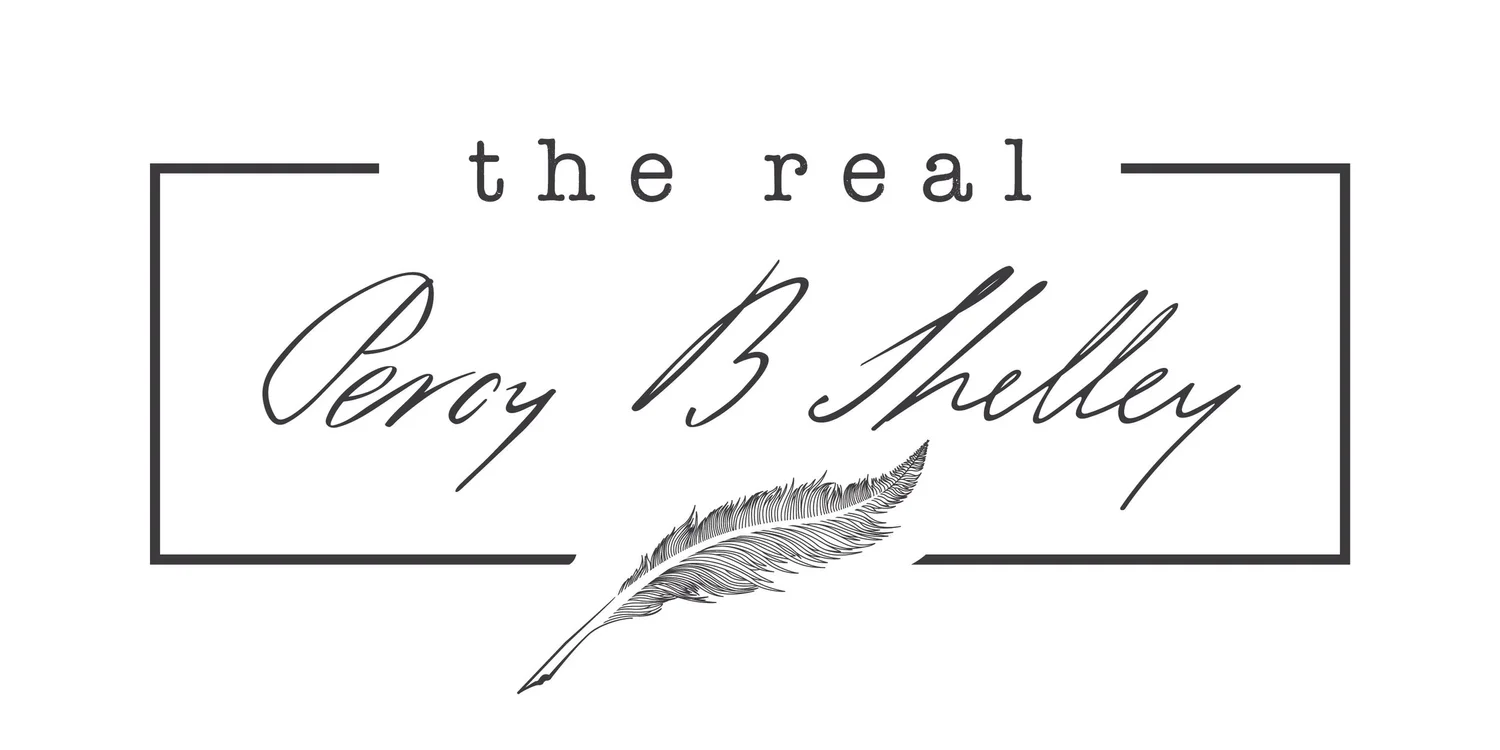
Shelley’s Verse
P.B. Shelley, "Ode to the West Wind" (1819)
J.M.W. Turner, Snow Storm: Hannibal and His Army Crossing the Alps (1812)
“O wild West Wind, thou breath of Autumn's being,
Thou, from whose unseen presence the leaves dead
Are driven, like ghosts from an enchanter fleeing,
Yellow, and black, and pale, and hectic red,
Pestilence-stricken multitudes: O thou,
Who chariotest to their dark wintry bed
The winged seeds, where they lie cold and low,
Each like a corpse within its grave, until
Thine azure sister of the Spring shall blow
Her clarion o'er the dreaming earth, and fill
(Driving sweet buds like flocks to feed in air)
With living hues and odours plain and hill:
Wild Spirit, which art moving everywhere;
Destroyer and preserver; hear, oh hear!”
The opening stanza of Shelley’s poem “Ode to the West Wind” moves like a gust, pushing the reader through a rich assortment of images. We begin with the Wind itself, ushering in the Fall—the time of impending death in the natural world, where leaves fall from trees, black, red, and yellow, like the plague-stricken. The Wind puts to rest the forest’s seeds as well, although we learn that this death is only temporary: like the trumpets of the apocalypse described in Revelations, the wind, now returned in the Spring, blasts its “clarion” to usher in a second life. This is no Christian vision, however. As is so common in Shelley’s poetry, “Ode to the West Wind” introduces Christian symbolism only to subvert it: the supreme power to give and take life, to “destroy” and “preserve,” belongs solely to Nature and not to God.
What else is going on in Shelley’s effort to make sense of the cyclical movement of the seasons and the elusive power of the Wind? We’d love to hear your thoughts on this Shelley classic!
Welcome to the archives to our Tuesday Verse. Feel free to have a wander through our pages, which provide brief commentary on Shelley's life, times, and writing. Have a recommendation for a Shelley work you'd like us to tackle?Don’t hesitate to reach out!
- John Kerr
- Ode to the West Wind
- Childe Harold's Pilgrimage
- Ode to Liberty
- Blake
- Labour
- perfectibilism
- Liberty
- Freedom
- A New National Anthem
- Lord Sidmouth
- Syncretic
- Pantheism
- Frankenstein
- Lord Eldon
- mutability
- Men of England: A Song
- To S and C
- Byron
- romantic philosophy
- Sonnet: Political Greatness
- Globalization
- Love's Philosophy
- JMW Turner
- The Mask of Anarchy
- Lord Castlereagh
- Julian and Maddalo
- Human rights
- Percy Shelley
- Keats
- Proletariat
- The Flower that Smiles Today
- Mary Shelley
- Democracy
- Politics
- Ramses II
- Ozymandias


